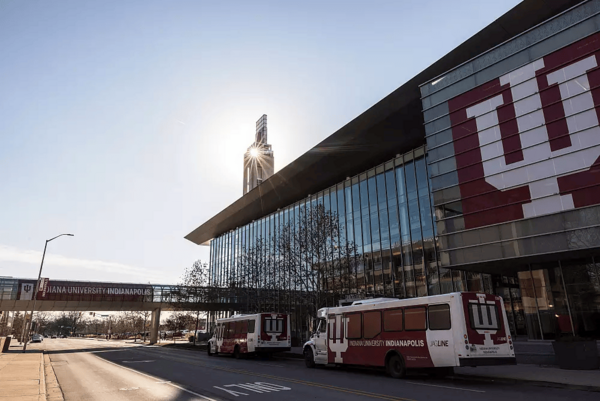#transfer-students
#transfer-students
[ follow ]
fromInside Higher Ed | Higher Education News, Events and Jobs
3 weeks agoSupporting Transfer Student Success Through Data
At the University of California, Santa Barbara, about 20 percent of incoming students are transfers. More than 90 percent of those transfers come from California community colleges and aspire to complete their degree in two years. While many have achieved that goal, they often lacked time to explore campus offerings or felt pressured to complete their degree on an expedited timeline, according to institutional data.
Higher education
fromInside Higher Ed | Higher Education News, Events and Jobs
3 weeks agoSwirl and Assessment
Outside of the elite institutions that dominate the discourse, it's common for students to "swirl" between or among institutions. These are students who picked up some credits here and some there, often with breaks for life happening and/or financial issues. They often show up at community colleges in hopes of taking a few more classes to patch together an actual degree.
Higher education
fromInside Higher Ed | Higher Education News, Events and Jobs
1 month agoPodcast: How AI Can Smooth College Credit Transfer
Upward transfer is viewed as a mechanism to provide college students with an accessible and affordable on-ramp to higher education through two-year colleges, but breakdowns in the credit-transfer process can hinder a student's progress toward their degree. A recent survey by Sova and the Beyond Transfer Policy Advisory Board found the average college student loses credits transferring between institutions and has to repeat courses they've already completed. Some students stop out of higher education altogether because transfer is too challenging.
Higher education
fromInside Higher Ed | Higher Education News, Events and Jobs
4 months agoInsights From Dual Enrollees
Many students who have transfer experiences are not counted in transfer statistics, dual enrollees among them, which emphasizes the importance of understanding their unique perspectives.
Online learning
[ Load more ]


